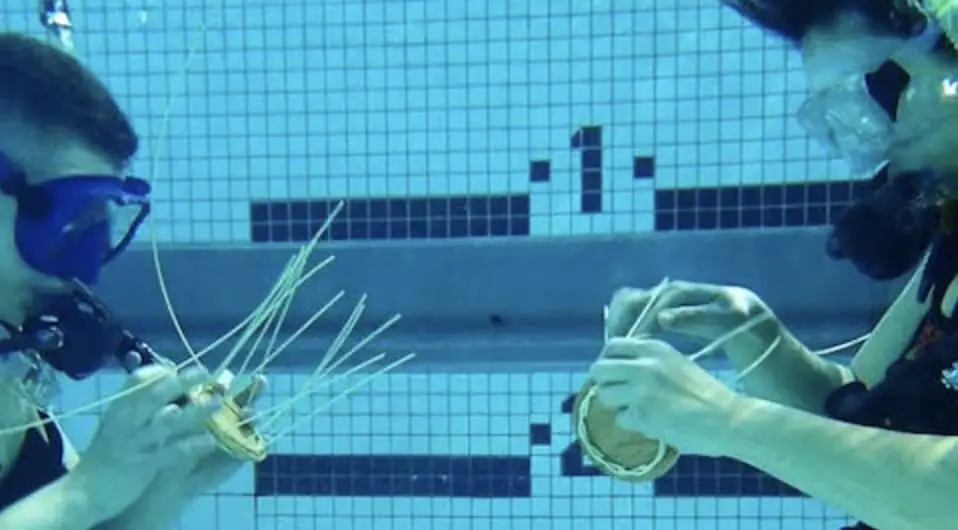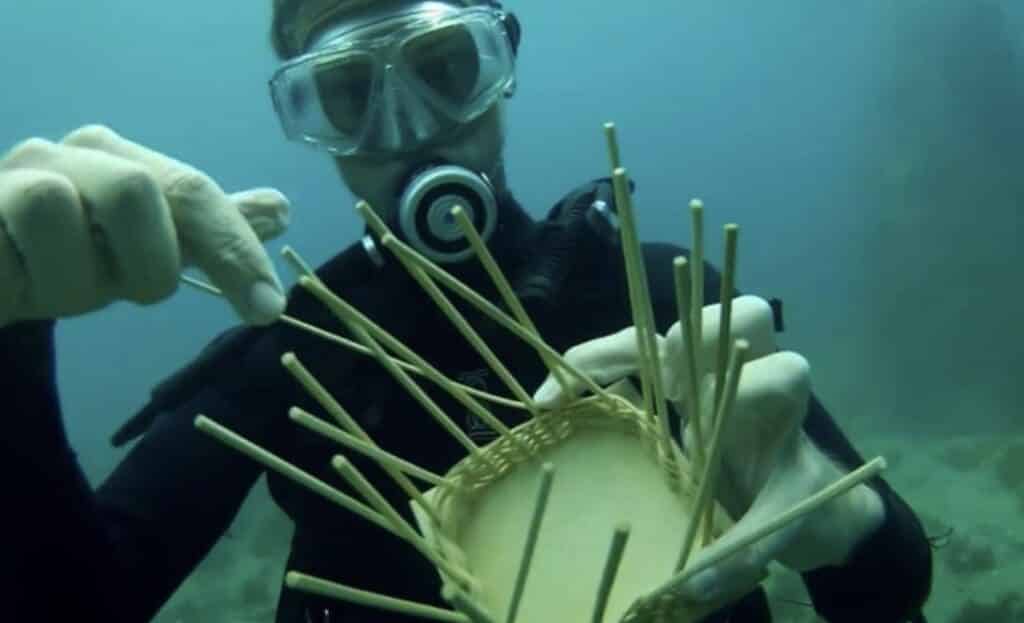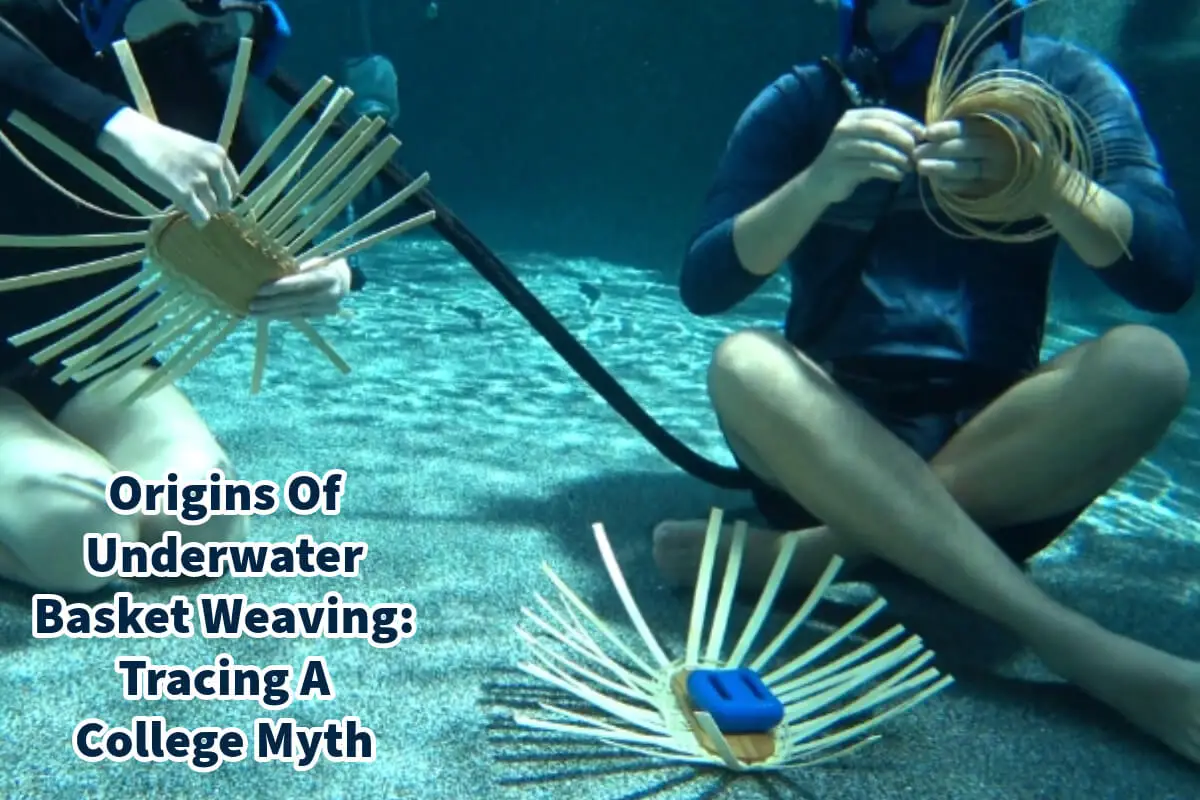When we reminisce about our college days and our visions of the future, we often think of the optimistic graduate, cap on head, diploma in hand, ready to embark on life’s next big adventure. The reality, however, often involves confronting a job market that is not always welcoming to newly minted-graduates.
Amidst the academic hustle, a phrase from college folklore stands out for its blend of humor and sarcasm: “underwater basket weaving.” Read on to delve deeper into this notion of underwater basket weaving, unpacking its origins and understanding why it represents a whimsical, albeit impractical, facet of academic offerings, where real-world applicability and job prospects can seem as mythical as the idea of crafting baskets in the depths of the ocean.
Table of Contents
- Underwater Basket Weaving: The Origins Of An Academic Myth
- Educational Standards And The Questionable Utility Of Underwater Basket Weaving Degrees
- Education And Employment: The Enduring Debate
- Related Content
Underwater Basket Weaving: The Origins Of An Academic Myth
The origins of the term “underwater basket weaving” trace back to when college students would use the phrase to mock specific courses as easy and inconsequential.
It’s been part of student vocabulary since at least the 1950s, initially referring to classes perceived to be on the simpler side of the academic spectrum. The idea of weaving a basket underwater seems laughable – what purpose would it serve, and how would it be accomplished?
A kernel of truth is tied to the aquatic world in basket weaving, as materials such as willow are soaked in water to make them pliable for weaving. However, the actual process of weaving is conducted in the open air, not underwater.
The comical image of a person submerged while diligently weaving is vivid and certainly memorable, but it is a departure from reality. Yet, it was described with a semblance of seriousness in a 1956 publication, “The American Philatelist,” where it was claimed that underwater basket weaving was a principal industry in an Alaskan village, with weavers working entirely submerged.
This literal interpretation added an unexpected layer of credibility to the term, whether it was intended or misconstrued.

Educational Standards And The Questionable Utility Of Underwater Basket Weaving Degrees
By the mid-1950s, the term “underwater basket weaving” began to gain traction as a pejorative, critiquing specific academic standards.
“The Boston Globe” referenced it when discussing accessible courses, while a “Los Angeles Times” letter lamented a perceived decline in academic rigor, including underwater basket weaving among the dubious offerings. These instances encapsulated a growing skepticism about the efficacy and substance of specific educational pathways.
As the 1960s approached, this phrase had become entrenched in American cultural language, representing courses that were entertaining, perhaps, but unlikely to lead to gainful employment. This marked a period when higher education institutions were increasingly pressured to demonstrate the practicality and rigor of their curriculum, ensuring that degrees translated into employable skills.
This term continued to evolve, becoming an inside joke among students and a sharp critique of academia. It sparked essential debates about the actual value of a degree and the responsibility of educational institutions to prepare their graduates for the job market.

The Modern Critique Of Humanities And Social Sciences
Historically, specific humanities and social sciences disciplines have been criticized, sometimes branded as the contemporary equivalents of underwater basket weaving.
Despite adopting scientific methodologies, some courses within these fields have been scrutinized for their relevance and rigor. Editorials have questioned the practical value of such courses, fueling debates about the purpose of education: should it be broad and holistic or strictly vocational?
However, equating these fields to underwater basket weaving overlooks their intrinsic value in developing critical thinking, cultural awareness, and adaptability in a swiftly changing world.
Critics argue that such comparisons neglect these disciplines’ depth and breadth, which may not directly lead to a job but offer invaluable insights and skills.

Education And Employment: The Enduring Debate
The tale of underwater basket weaving goes beyond mere academic curiosity; it reflects the persistent dialogue regarding the role of education. It touches on the tension between learning for its own sake and learning to secure employment.
Ultimately, the legend of underwater basket weaving is a metaphor for the perceived gap between academic pursuits and practical realities post-graduation. It is a cautionary tale that education, while an end in itself, is often expected to yield practical skills and qualifications that meet the demands of the job market.
As this discussion continues, the saga of underwater basket weaving remains an allegory for the complexities of navigating life after college. It is a reminder that while education can be a journey of intellectual discovery, the world often awaits with the expectation of tangible contributions and clear competencies.

The intricate dance between knowledge for knowledge’s sake and education as a pathway to employment is an ongoing debate that will persist as long as students don the cap and gown, hoping to weave a successful path in the intricate tapestry of life’s opportunities and challenges.
If you are interested in seeing how Mondoro can help you with your weaving needs– we would love to talk to you about how we can help you. We help you with most of your weaving needs, except we do not weave underwater.
Find out more about how Mondoro can help you create, develop, and manufacture excellent home decor and furniture products – don’t hesitate to contact me, Anita. Check out my email by clicking here or become a part of our community and join our newsletter by clicking here.
Mondoro gives out a FREE Lookbook to anyone interested. You can receive a copy of our latest Lookbook by clicking here.
Listen to our Podcast called Mondoro Company Limited. You can find it on all major podcast platforms. Try out listening to one of our podcasts by clicking here.
Subscribe to our Mondoro Company Limited YouTube Channel filled with great videos and information by clicking here.
Related Content
What Are The Types Of Wood Used In Furniture?
Wood for furniture is divided up into hard and softwood. Though the woods have some similarities, they also have some differences. Different looks and types of furniture may require a certain kind of wood. Some wood species will be higher priced, and others will be cheaper; price, durability, look, color, finish, and structure can decide what wood to choose for your furniture piece.
You can learn more by reading our blog, What Are The Types Of Wood Used In Furniture? by clicking here.
Is Horsehair Used In Upholstery?
Horsehair is found today in mainly antique furniture that has been restored. You can still purchase horsehair or horse and hog hair to upholstery your antique furniture piece. Today most sofa and cushion manufacturers will use polyurethane foam, down, and feathers, not horsehair.
You can read our blog about Is Horsehair Used In Upholstery? by clicking here.
Is Real Wood Furniture Worth The Extra Cost?
Real wood furniture costs can vary due to the types of solid wood being used and the grade of the wood. Not all real wood furniture is worth the extra cost, especially if the wood they are using is substandard and the furniture is poorly constructed. To understand if real wood is worth the extra cost, you need to understand a bit about real wood, including softwood vs. hardwood, wood grades, furniture construction, and the reputation of the furniture brand you are buying from.
You can learn more by reading our blog, Is Real Wood Furniture Worth The Extra Cost? by clicking here.


